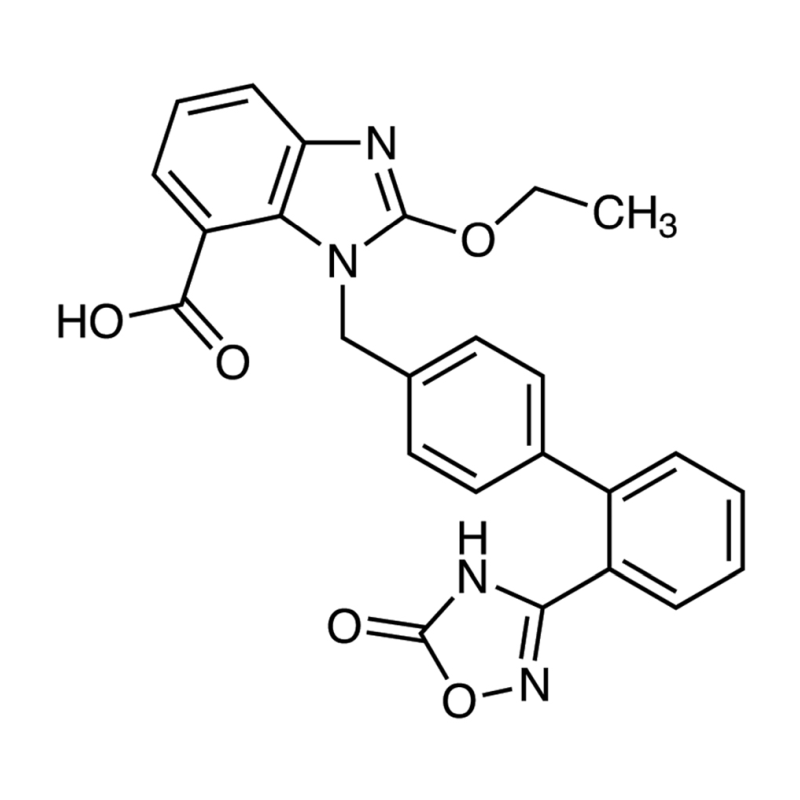产品
编 号:F171583
分子式:C25H20N4O5
分子量:456.45
分子式:C25H20N4O5
分子量:456.45
产品类型
规格
价格
是否有货
10mM*1mL in DMSO
询价
询价
10mg
240
In-stock
25mg
480
In-stock
50mg
720
In-stock
100mg
1200
In-stock
结构图

CAS No: 147403-03-0
产品详情
产品资料

